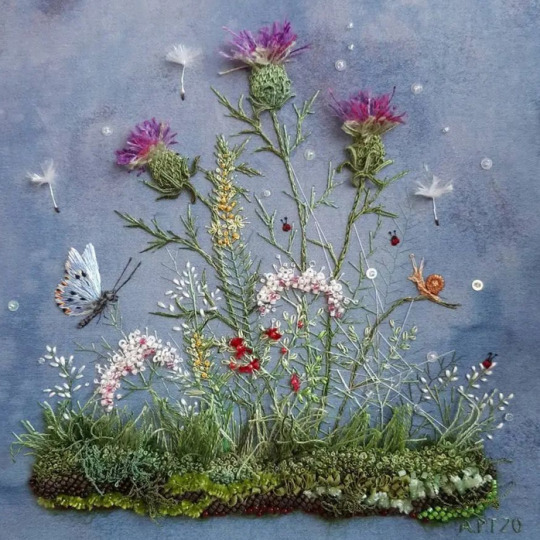Text

It's my 16 year anniversary on Tumblr 🥳
1 note
·
View note
Photo
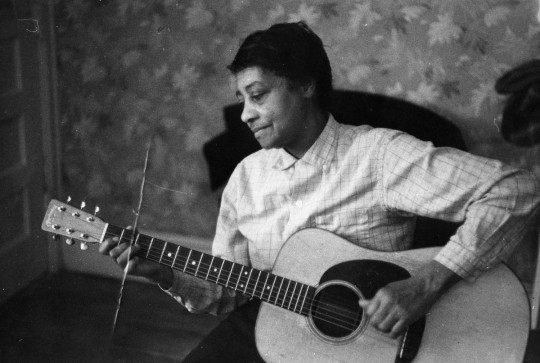
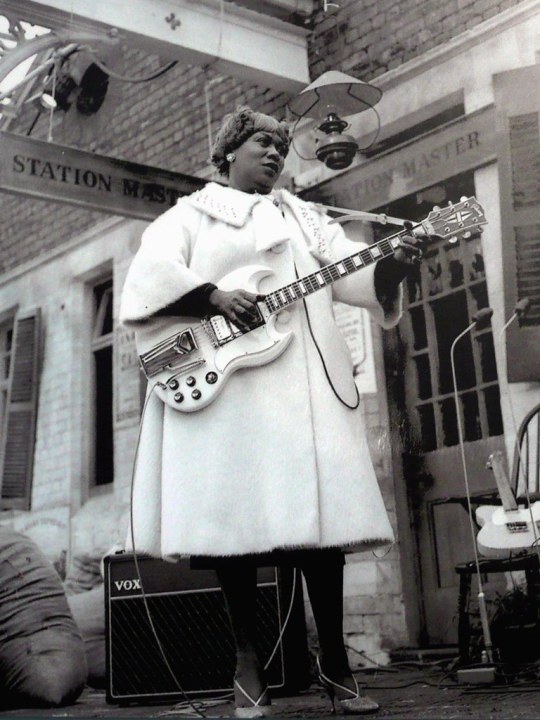

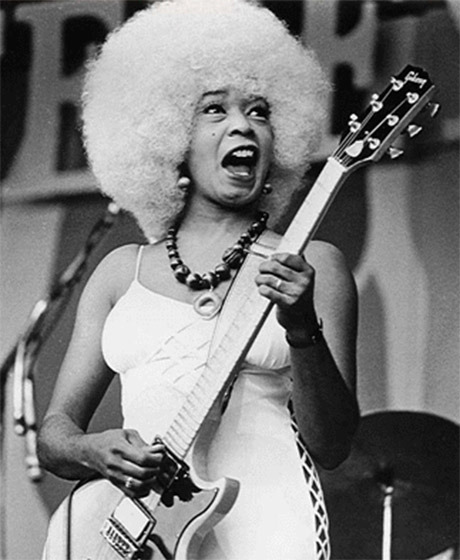
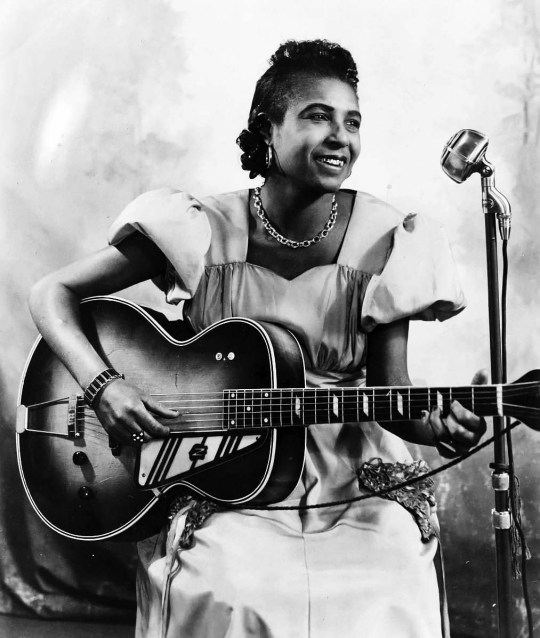

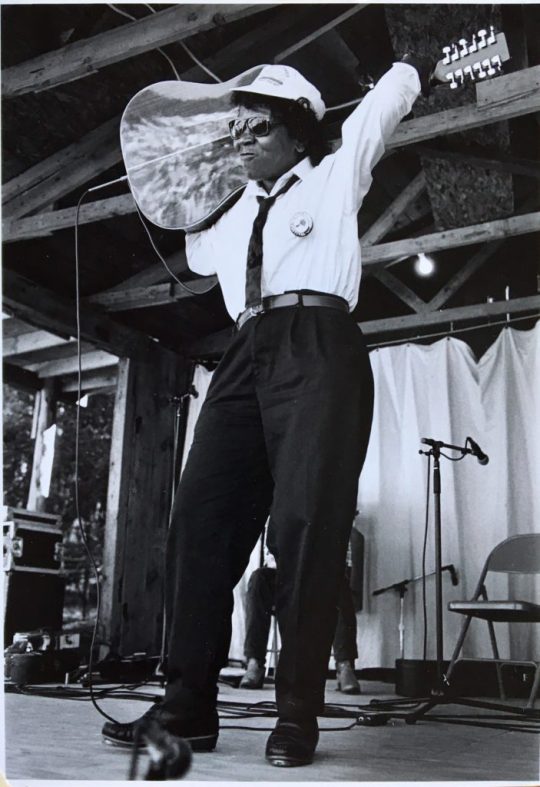
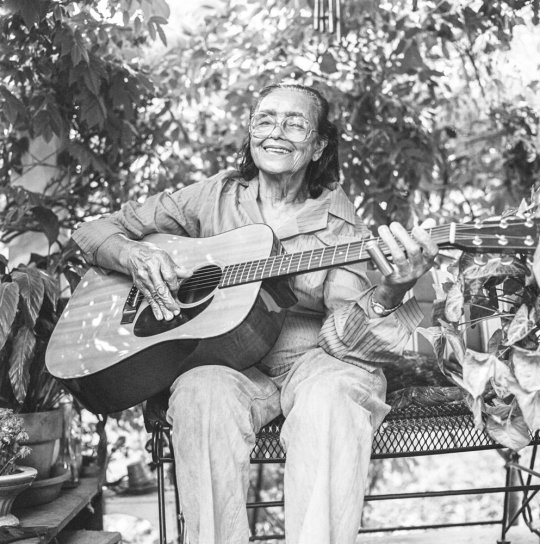
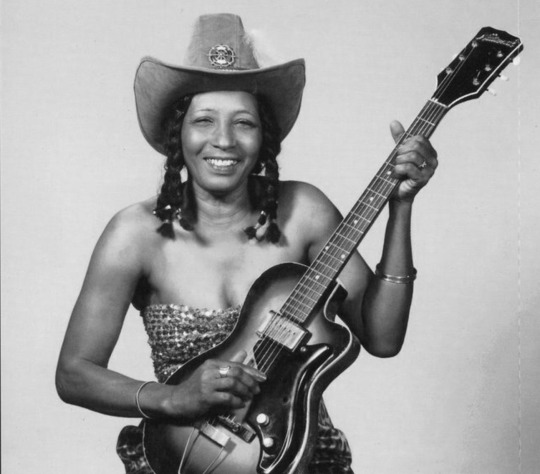
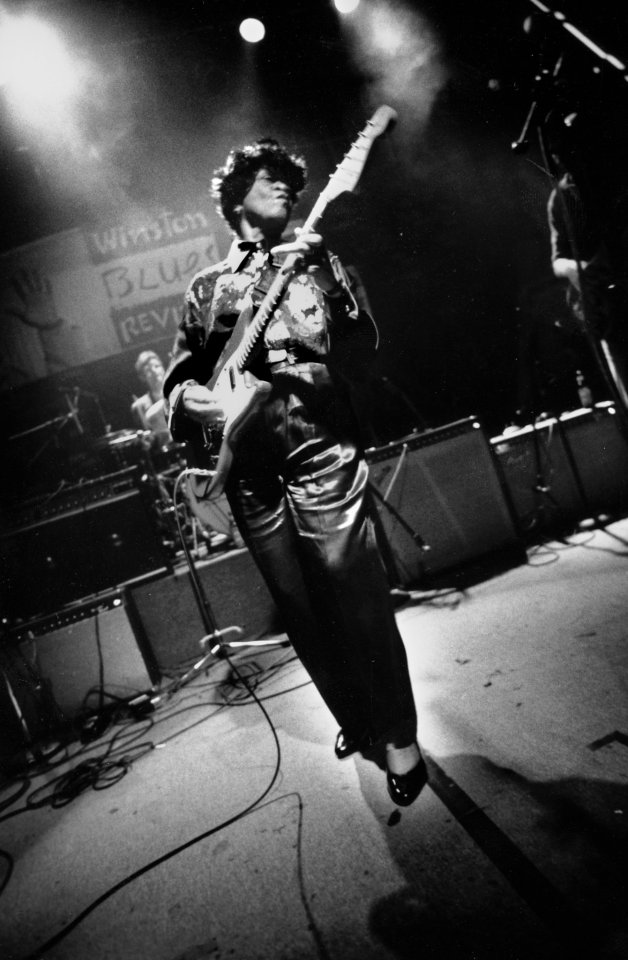
Black American Music Month
• ELIZABETH “LIBBA” COTTEN - She was a maid at 9, wrote a hit song at 11 — and won a Grammy at 93. Not to mention she was a self-taught left-handed guitarist who played a guitar strung for a right-handed player, but played it upside down. This position meant that she would play the bass lines with her fingers and the melody with her thumb.
• SISTER ROSETTA THARPE- The “Godmother of Rock & Roll.” She helped shape modern popular music, was one of the few Black female guitarists to ever find commercial success and the first artist to blend gospel with the secular.
• ODETTA HOLMES - Known as “The Voice of the Civil Rights Movement.” In 1963, she sang for the masses on the steps of the Lincoln Memorial at the March on Washington. Her musical repertoire consisted largely of American folk music, blues, jazz, and spirituals.
• PEGGY JONES - Nicknamed “Lady Bo” played rhythm guitar in Bo Diddley’s band in the late 1950s and early 1960s, becoming one of the first (perhaps the first) female rock guitarists in a highly visible rock band. Sometimes called the “Queen Mother of Guitar.”
• LIZZIE “MEMPHIS MINNIE” DOUGLAS - Known as the “Queen of the Blues,” was a singer, guitarist, and songwriter. Her title stems from her legacy of successfully recording music across four decades as well as being the lone female voice in a male dominated blues scene.
• NORMA JEAN WOFFORD - Nicknamed “The Duchess” by Bo Diddley, she was the second female guitarist in Diddley’s backing band.
• ALGIA MAE HINTON - She was widely recognized as a master picker and buckdancer in the Piedmont styles. She would often play her guitar behind her head while buck dancing.
• ETTA BAKER - She was a Piedmont blues/folk guitarist and singer who began playing the guitar at age 3. Taught by her father, long-time Piedmont player Boone Reid, Etta played 6-string and 12-string acoustic guitar, and 5-string banjo. She was a master of the blues guitar style that became popular in the southern piedmont after the turn of the century.
• JESSIE MAE HEMPHILL - A legend of hill country blues guitar. She grew up in a lineage of familial fife-and-drums bands from northern Mississippi, rose to popularity in the mid-1980s and had a fruitful career during which she performed around the globe, traveling mostly on her own. She played in open tunings and, having started as a drummer, had a percussive guitar style that included slapping and banging the instrument. She would also tie a tambourine around her calf, which, together with her strumming-and-drumming guitar work, gave her performance the sound of a one-woman-band.
• BEVERLY “GUITAR” WATKINS - One part soul singer, one part rockin’ roadhouse mama, and one part gifted songwriter. She’s been chronically under-recorded for a woman with her résumé, performing with the likes of James Brown, Ray Charles and Otis Redding. She didn’t record her first album until she was 60. Her blistering licks on a 1962 red Fender Mustang earned her the well-deserved nickname “Guitar.” She gon’ put on a show:

One more for good measure:
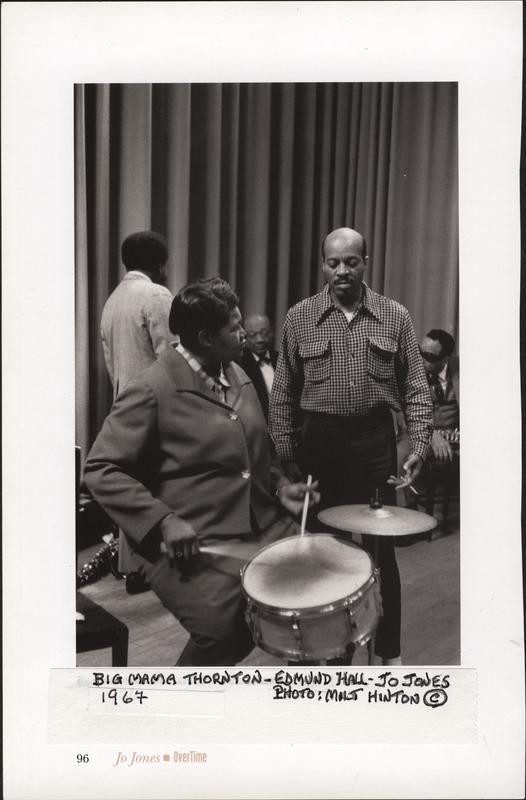

• WILLIE MAE “BIG MAMA” THORNTON - Also referred to as “The Godmother of Rock & Roll.” She was a blues singer, songwriter, self-taught drummer, and harmonica player. She was the first to record “Hound Dog”, in 1952, which became her biggest hit, staying seven weeks at number one on the Billboard R&B chart in 1953 and selling almost two million copies. She also helped to shape the sound and style of “Texas-blues,” an evolving blues sub-genre known to incorporate swing and big band elements.
1K notes
·
View notes
Text




Senso-ji shrine figures lovingly dressed for the weather
0 notes
Text
Watch "Quilting for the Culture, Bisa Butler" on YouTube
youtube
Take a look a little further back and read and listen to the NPR story on Bisa Butler.
5 notes
·
View notes
Text



Bisa Butler’s Vibrant Quilted Portraits Share Extraordinary Stories of Black Americans
714 notes
·
View notes
Photo
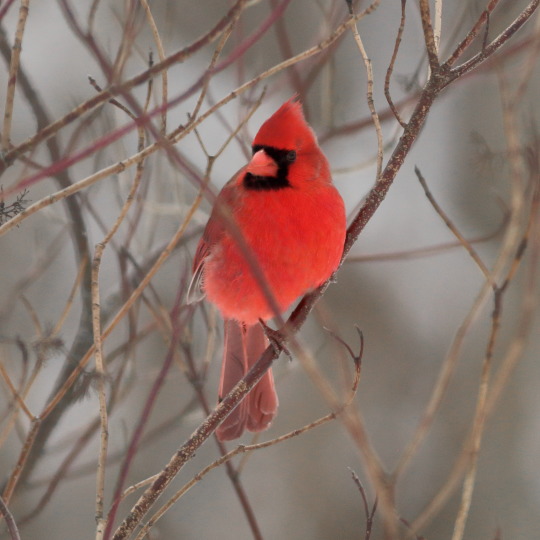
Male cardinals are beginning to look brighter and brighter, the closer we come to spring. Healthy males are newly molted, with bright new feathers.
Soon, pair-bonded males will start mating rituals with their long-term mates, while young, single males will compete to find a life-long companion.
Northern Cardinals are especially monogamous. They are never too far away from each other.
7K notes
·
View notes











